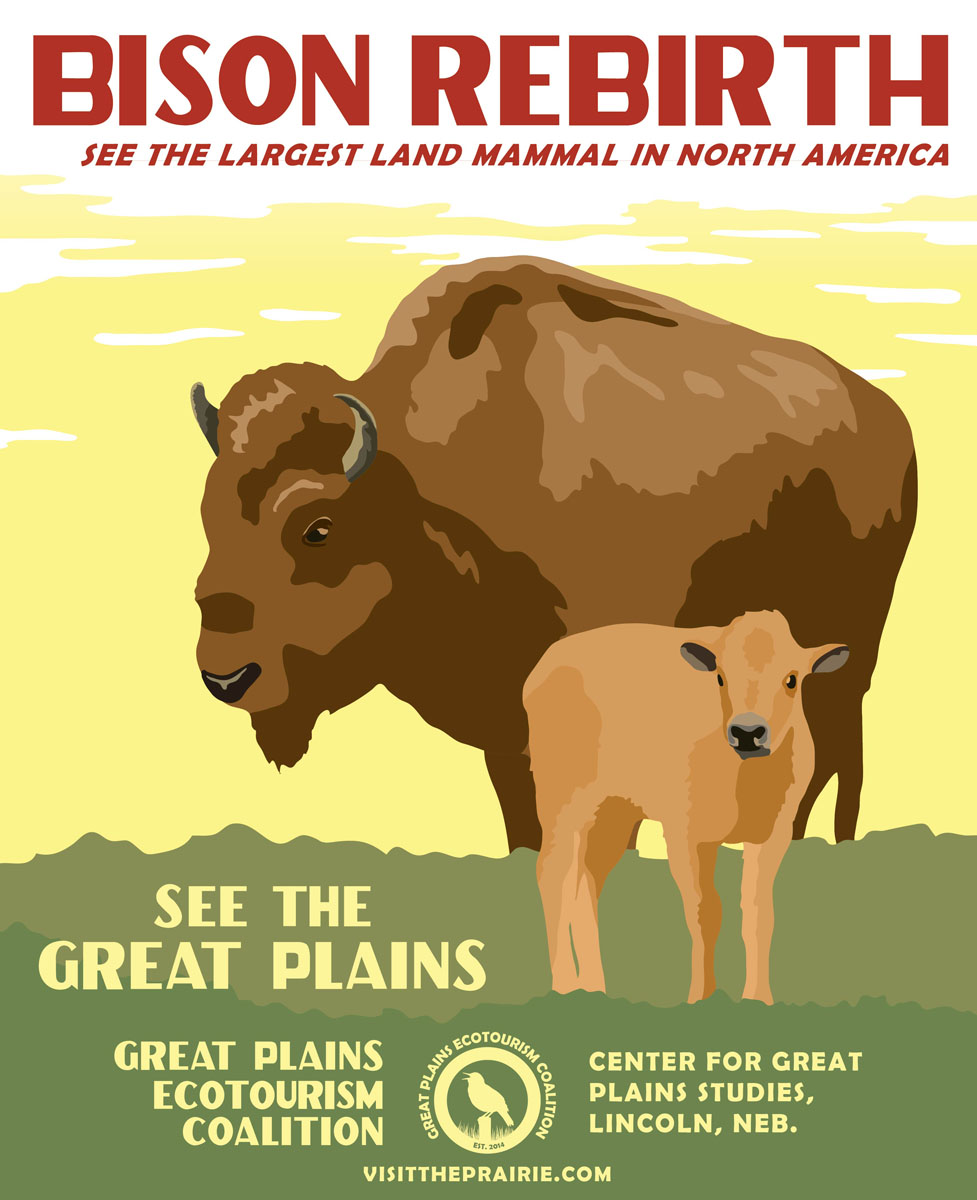
Nebraska attracts tourists with the Cornhuskers, the College World Series, Henry Doorly Zoo and Chimney Rock. It's perhaps not as well known for its rivers, native grasslands and its other ecological wonders.
The Center for Great Plains Studies is launching a project with the goal to change that -- and build Nebraska and the Great Plains into a premier destination for ecotourism.
Organizers, including center director Richard Edwards, have been pushing ecotourism in the Great Plains for years, first with the development of a website and ecotourism map. The effort focused on highlighting Nebraska state parks and conservatories and marked the center's first ecotourism marketing venture.
Now, the center is developing a promotional plan and consolidating a coalition of private partners around Nebraska to bring ecotourism to the forefront in the state.
"The idea behind all of this work (with private enterprise) is that you can build thriving communities, job opportunities and economic development, as well as promote conservation of natural resources with ecotourism," Edwards said.
For six months, center research assistant Kat Shiffler has been touring Nebraska, visiting privately held ecotourism spots and interviewing the owners to find out what's been offered, what's in the works and the successes and obstacles they have encountered. When she completes her tour, Shiffler will provide a case study on many Nebraska eco-destinations and a summary of her findings.
Already, the center has identified a common need among all – more promotion.
"We have been asking, 'What can we do in the center, to contribute to the promotion of ecotourism?'," Edwards said. "One of the things we think we can do is help these small, private enterprises with marketing."
As first step, Shiffler, Edwards and Katie Nieland, the center's communications coordinator, developed an ecotourism seal and 12 images depicting the state's offerings. Each week beginning Sept. 30, in advance of the Center's November First Friday event, two posters will be released at http://www.visittheprairie.com. Along with the new imagery, the website will be undergoing an overhaul as well.
The images were inspired by a 1930s series of National Parks posters produced by the Works Progress Administration. Like the original posters, the center's new materials denote serene images that invoke interest in a quiet, peaceful interaction with nature. The images are being developed into posters, postcards and other items and will be available for use by ecotourism sites.
"What we're showing is this isn't flyover country,” Shiffler said. "There are actually many diverse opportunities of experiences you can have with nature."
The imagery is being offered to the sites with which the center is working to help establish a cohesive message for Great Plains ecotourism.
"Besides helping these places with marketing, we see them as a way to put out a singular message about ecotourism, in order to brand it," Nieland said.
Center officials also hope a new Great Plains Ecotourism Coalition can provide organizational resources to and unify the various players around Nebraska. While it is still in development, the coalition could connect the expertise of university faculty expertise with the ecotourism providers in rural parts of the state.
"We have a group of faculty members who are interested in helping us promote ecotourism, getting their students into the field and working with these private enterprises," Shiffler said.
Edwards said he is confident the pieces will be in place to make the Great Plains a major eco-destination.
"We hope we’re creating for the Great Plains the type of branding that say, Napa Valley has," Edwards said. “People talk about going to Napa Valley, but there is no one enterprise there. It’s a whole bunch of wineries, but they all benefit from this regional marketing because everyone knows of Napa Valley.
"That's an example of what we're trying to create in the Great Plains, starting with Nebraska."
— Deann Gayman, University Communications